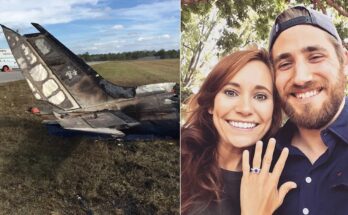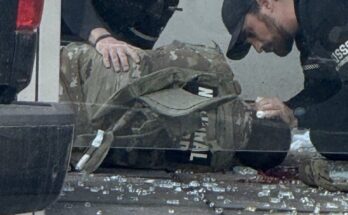As Japan prepares to bid farewell to its last Phantoms, enthusiasts had a final chance to see the type in action at an air festival at Hyakuri Air Base at the end of last year. Benoît Denet was at Hyakuri, 50 miles (80km) north of Tokyo, home to Japan’s final F-4s.
The base at Hyakuri is home to the last two F-4 Phantom II squadrons within the Japan Air Self-Defense Force (JASDF). Under 7 Kokudan (7 Air Wing), 301 Hikotai (301 Squadron) flies the F-4EJ Kai and the Kawasaki T-4, sharing the base’s facilities with the Teisatsu Kokutai (Reconnaissance Air Group) and its famous 501 Hikotai, flying ‘recce Rhinos’
Around 70,000 people flocked to the base over the weekend of November 30/ December 1, for a last chance to see the Phantom on public display. Within the flying programme, the simulated air-to-ground gunnery was particularly impressive.
The JASDF selected the McDonnell Douglas F-4 Phantom II in 1968. Based on the F-4E, a total of 140 F-4EJs were delivered. Only the first two aircraft were built in St Louis, Missouri and arrived by air in Japan on July 25, 1971; the remainder were completed under licence by Mitsubishi Heavy Industries. F-4EJ 17-8440, completed by Mitsubishi on May 21, 1981, was the last of the 5,195 Phantoms built. The F-4EJs eventually equipped a total of six squadrons.

In 1982, the JASDF announced a programme to modernise its F-4EJ to F-4EJ Kai standard. This included an additional 2,000 hours of flight time for the airframe, installation of a new AN/APG-66J radar derived from that used in the F-16A and an AN/ASN141 inertial navigation system (INS) similar to that found in the F-15J. The aircraft had its bombing computer improved and other new systems installed included hands on throttle and stick (HOTAS) controls, head- up display (HUD), AN/APX76A identification friend or foe (IFF), AN/ALE-40 countermeasures dispenser and J/APR-6 radar warning receiver (RWR). After this upgrade, the F-4EJ Kai was also able to carry ASM-1 antiship missiles and AAM-3 airto-air missiles and offered more precision in the groundattack role compared with the F-4EJ. A total of 96 F-4EJs were brought up to the Kai standard and entered service from 1989.
501 Hikotai
The other Phantom unit at the base is the Teisatsu Kokutai’s 501 Hikotai, which is planned to decommission in March. The first of an initial 14 unarmed RF-4Es for the unit arrived in 1974, two years after Japan’s budget included provisions for the type to succeed the RF-86F Sabre. All the original reconnaissance jets were delivered directly by McDonnell Douglas and were later upgraded too, including replacement of the AN/ APQ-99 with the AN/APQ172 terrain-following radar and modified RWRs, plus a new INS, though they did not receive the ‘Kai’ name.
The new-build RF-4Es were joined by 15 existing F-4EJs that were converted to RF-4EJ standard. The RF-4EJ doesn’t carry any internal reconnaissance equipment, only external pods. This equipment consists of a KS-146B long-range oblique photography (LOROP) camera pod and a TAC pod with KS-135A and KS-95B cameras, plus a D-5000UR infrared recognition device. Another option is the Tactical Electronic Reconnaissance (TACER) pod with a data link designed by Thomson-CSF.
As well as the unit’s cartoon Woody Woodpecker emblem, some RF-4E and RF-4EJ jets have received special markings displaying its years of operations – 1961 to 2020 – applied over a strip of film, as illustrated in the accompanying photo.
While the Phantom force winds down, 302 Hikotai jets are already being scrapped and examples could be seen in a car breaker’s yard close to the base. This unit ceased flying the jet at the end of 2018.
In the near future, Hyakuri AB will welcome 3 Hikotai, which will transfer its Mitsubishi F-2A/B fighters from its current base at Misawa AB.


